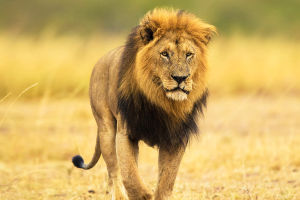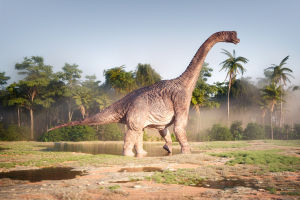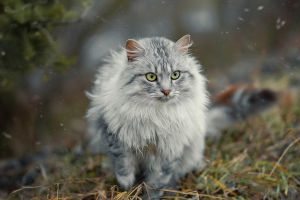Have you ever wondered why bears are such fascinating creatures? These majestic animals, known for their strength and adaptability, have been roaming the earth for millions of years.
From the icy Arctic to the dense forests of North America and Asia, bears have adapted to a variety of habitats. But there’s so much more to them than just their size and power!
The Mighty Bears: Strength and Adaptability
Bears are among the largest land mammals, with species ranging from the small sun bear to the giant polar bear. They are known for their muscular build, sharp claws, and thick fur, which help them survive in different climates. While some bears are excellent swimmers, like the polar bear, others are skilled climbers, such as the black bear. Their ability to adapt has allowed them to thrive in forests, mountains, and even icy tundras.
What Do Bears Eat? A Surprisingly Varied Diet
Although bears belong to the carnivorous order, most of them are actually omnivores. Their diet includes fruits, nuts, honey, fish, and small mammals. The giant panda, however, is unique—its primary food source is bamboo, although it occasionally eats small animals. Polar bears, on the other hand, mainly hunt seals for survival. This dietary flexibility is one reason bears have been able to survive in so many different environments.
Lone Wanderers: The Solitary Life of Bears
Unlike animals that live in packs, bears are mostly solitary creatures. They roam vast territories in search of food, only coming together during mating season. Mother bears, however, are very protective of their cubs, caring for them for up to two years before they venture off on their own. Despite their solitary nature, bears are highly intelligent animals with strong problem-solving skills.
The Mystery of Hibernation
One of the most fascinating aspects of bears is their ability to hibernate. In colder regions, bears enter a deep sleep during winter, living off the energy stored in their bodies. Their heart rate drops, and they can go months without eating or drinking. This survival strategy helps them conserve energy when food is scarce. Not all bears hibernate, though—polar bears, for instance, remain active throughout the year since food is available even in winter.
Bears and Humans: A Complicated Relationship
Throughout history, bears have been both admired and feared by humans. They appear in myths, legends, and folklore across different cultures. However, due to deforestation and illegal hunting, many bear species are now facing threats. Conservation efforts are being made worldwide to protect them and their habitats. By understanding and respecting these magnificent creatures, we can help ensure their survival for generations to come.
Final Thoughts—Bears: More Than Just Wild Animals
Bears are not just powerful animals; they are intelligent, adaptable, and vital to their ecosystems. Whether it's the giant panda munching on bamboo or a grizzly bear fishing in a river, every species has its own unique traits that make them incredible.
Lykkers, what do you find most interesting about bears? Let’s keep exploring the wonders of nature together!
20 Interesting Facts About Bears | Global Facts
Video by Global Facts


